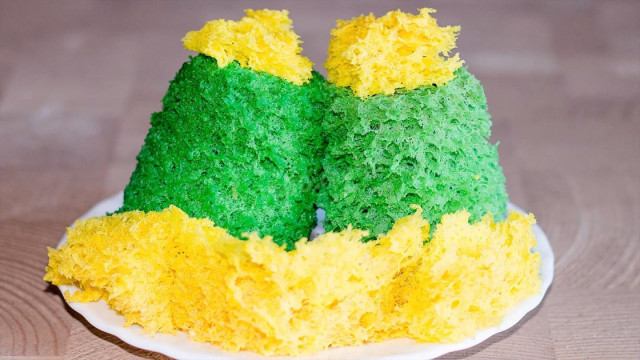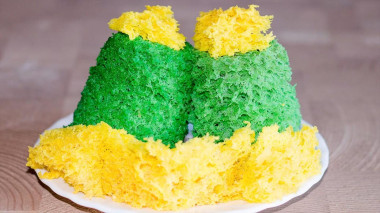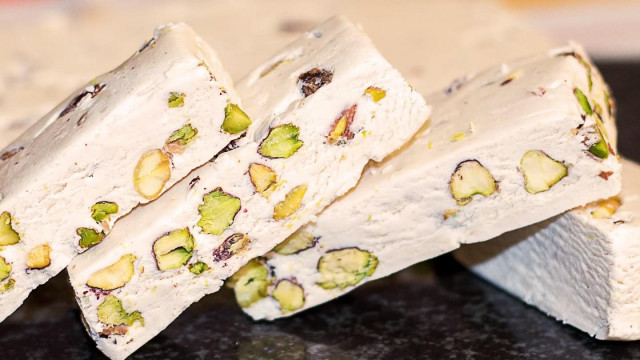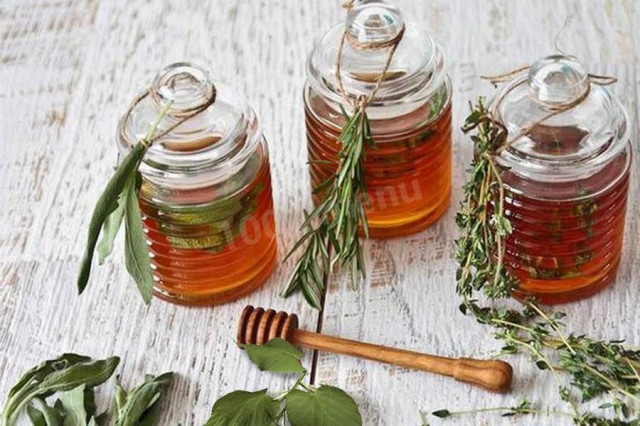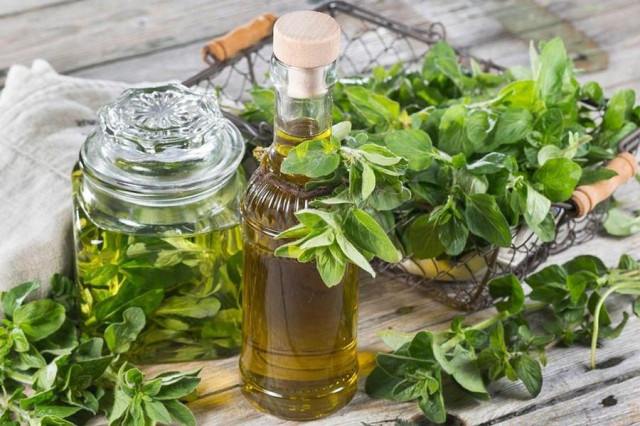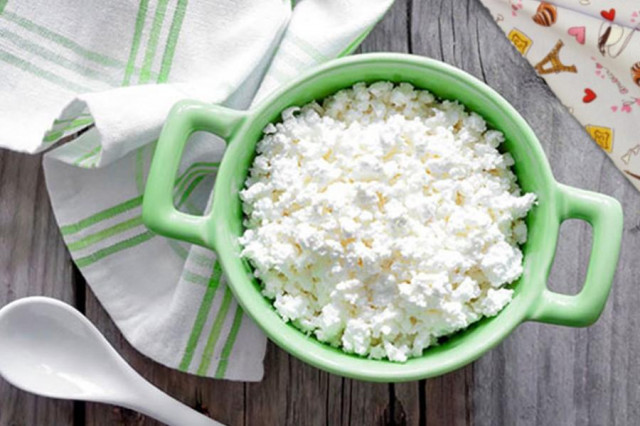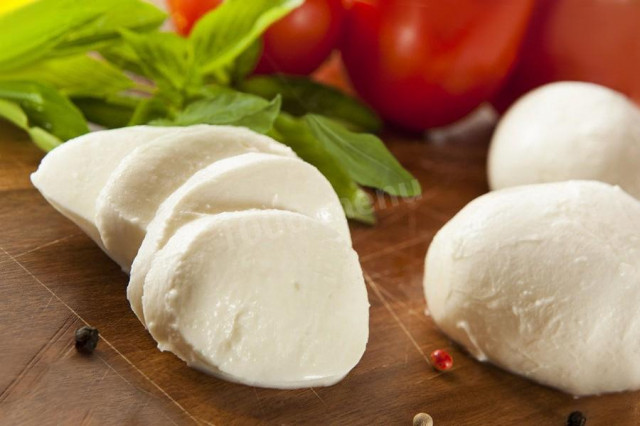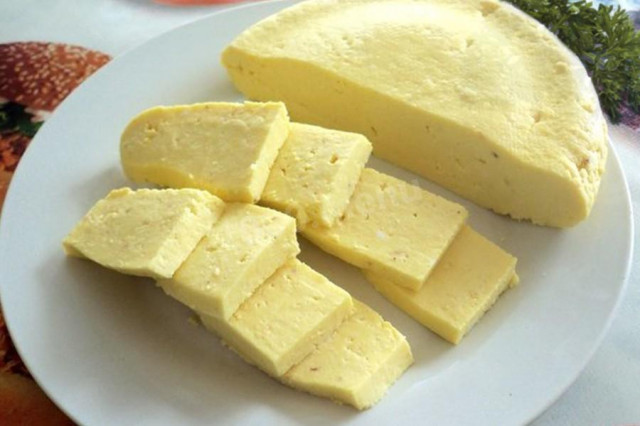Composition / ingredients
Step-by-step cooking
Step 1:
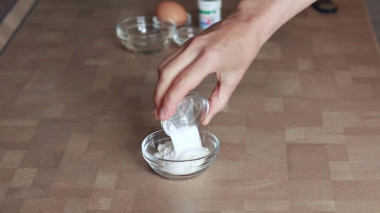
Mix the sifted flour with baking powder.
Step 2:
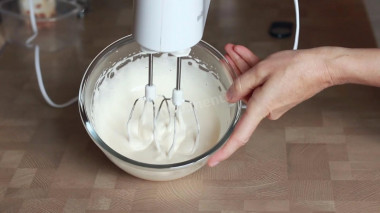
Stir the egg with sugar, add invert syrup or glucose syrup, or honey here and beat everything well together until white foam. If you make moss of the same color, you can use the dye now.
Step 3:
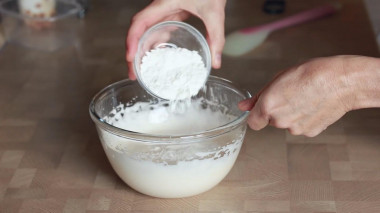
Add eggs and flour with baking powder, mix from top to bottom.
Step 4:
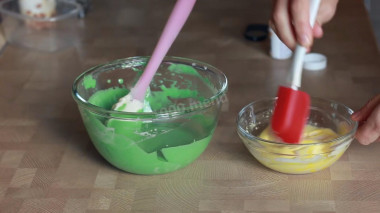
When the dough is ready, you can make several portions of different colors. I make moss in two colors. The dye is gel.
Step 5:
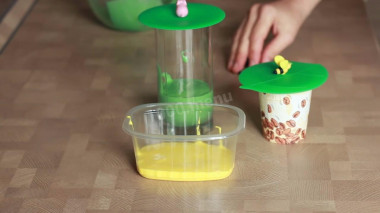
Fill the dishes with about a third of the dough. Close the lid or cling film and send it to the microwave.
Step 6:
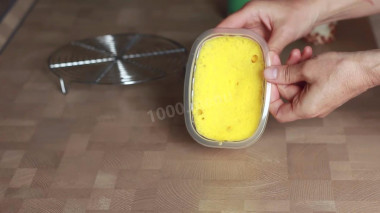
Power 700 watts approximate time – 1 minute. It is not necessary to put more, otherwise the moss may burn.
Step 7:
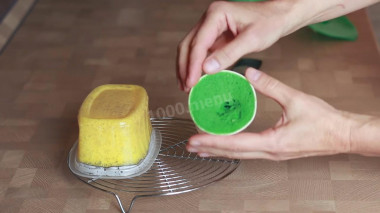
If there is not enough time, you can then add 10-20 seconds. Turn the finished "SpongeBob" over and wait until it cools down completely.
Step 8:
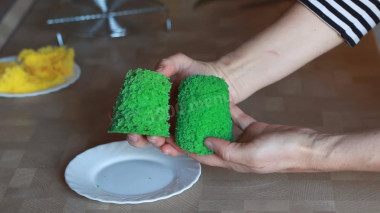
If the moss at the bottom turned out to be hard, the oven needs less.
Caloric content of the products possible in the composition of the dish
- Chicken egg - 157 kcal/100g
- Egg white - 45 kcal/100g
- Egg powder - 542 kcal/100g
- Egg yolk - 352 kcal/100g
- Ostrich egg - 118 kcal/100g
- Whole durum wheat flour fortified - 333 kcal/100g
- Whole durum wheat flour, universal - 364 kcal/100g
- Flour krupchatka - 348 kcal/100g
- Flour - 325 kcal/100g
- Granulated sugar - 398 kcal/100g
- Sugar - 398 kcal/100g
- Baking powder - 79 kcal/100g
- Food Coloring - 0 kcal/100g
- Invert syrup - 400 kcal/100g

